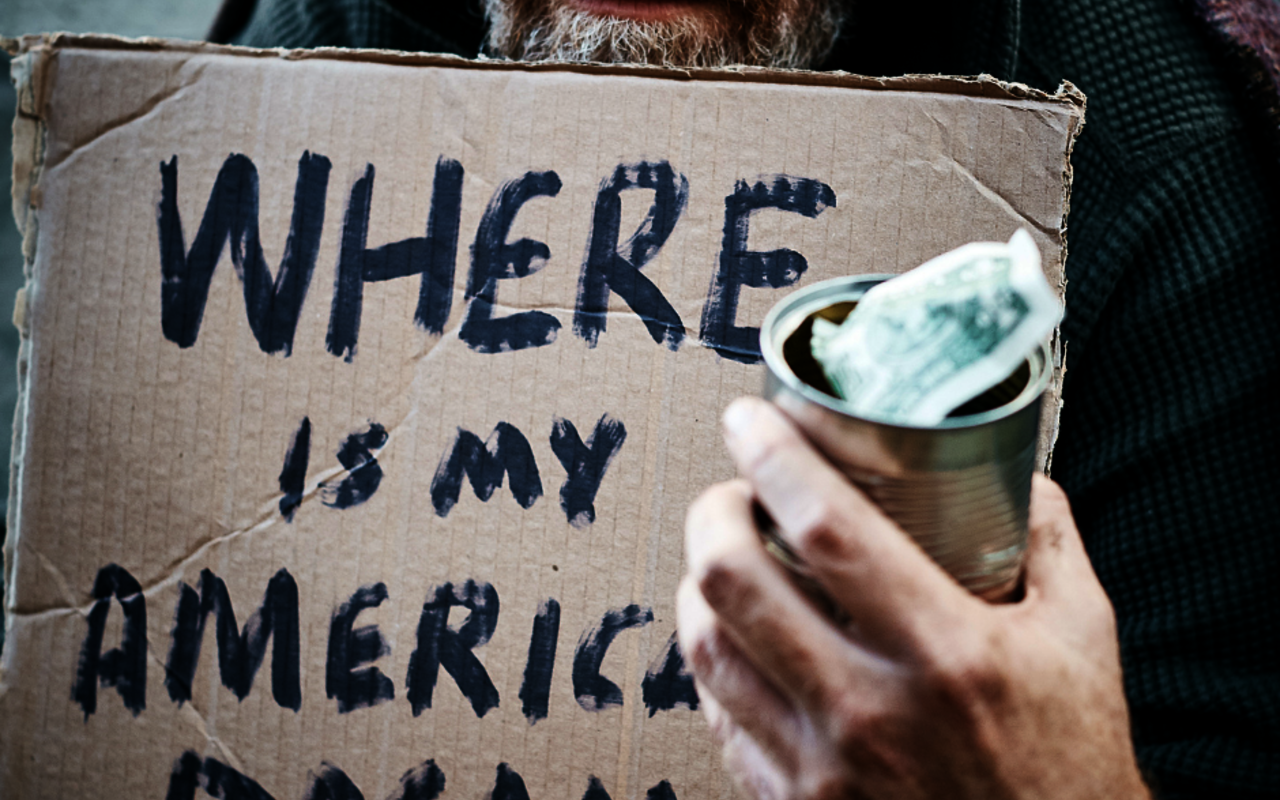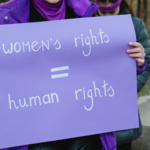by Michèle Parent
Moving to the U.S. has opened my eyes to a number of fallacies that many Europeans believe about the United States. One of them being the “American Dream” and its potential for actual realization by the average American. Take for example the city of Savannah, Georgia, where I currently live. Savannah is undergoing heavy and rapid gentrification as its older, smaller, more dilapidated houses and storefronts are gradually replaced by multimillion-dollar townhouses, private homes, and high-rise apartment complexes.
Nowhere it seems is the wealth gap, so often discussed by politicians and economists here in the U.S., starker and more obvious than just a few short blocks away from where I currently live in Savannah.
As I live in a city that is heavily split between mansions and low-income neighborhoods with houses that are literally falling apart, I wonder how the class divide will continue to develop. The Biden administration made several pledges to tackle these issues before taking office. In this blog post I want to look closer at the origins of selected policies, the impact they could have and the progress that has been made realizing them thus far.
“Life, Liberty and the Pursuit of Happiness”
The American Dream is quite unique to America, as it is part of what shapes the American character and creates a certain allure to the American way of life, appealing to citizens of many foreign countries. From its emergence in 1931, when James Truslow Adams described it as "that dream of a land in which life should be better and richer and fuller for everyone, with opportunity for each according to ability or achievement” much has changed. Unlike the expectations set by Truslow’s proclamation, only 7.5% of American children have the chance to rise from the bottom fifth of the income distribution bracket to the top fifth. The data is even more dramatic for Black Americans, whose chances of escaping poverty are only half as good as those of white Americans. The possibility of a child surpassing their parents in earnings and making a better life for themselves, known as absolute income mobility, has plummeted in the last decades. According to an article looking at absolute mobility trends in the U.S., the largest declines were suffered by those belonging to the middle class. In line with these findings, the “Build Back Better” (BBB) framework by the Biden administration aims to “rebuild the backbone of the country – the middle class” by addressing issues with housing, childcare and education.
Bringing down costs and strengthening the middle class
A vast gulf of disparity of opportunity is present in American society, based in part upon where individuals live. With the interconnectedness of social mobility and inequality it comes as no surprise that many Americans, especially Black Americans, see their opportunities heavily impacted by their surroundings. President Biden’s BBB plan vows to address the price pressures exalted on renters and homeowners as the administration tackles a housing market that is “crushing” buyers. In a similar vein, the price of rent is also soaring to previously unforeseen heights, pushing low income families to rethink investing in education, choosing instead to focus on more immediate needs.
By investing in transformation, rehabilitation, and replacement housing to transform neighborhoods of poverty into functioning, sustainable mixed-income neighborhoods, the administration pushes to lessen segregation and class divides within communities. Furthermore, the bill pledges to increase economic opportunities by enhancing affordable housing within proximity to public transportation.
A stable home environment, steady income, and parental attention are essential to academic success. Unsurprisingly, education has emerged as one of the biggest determinants of both future opportunity and future income. As specific forms of employment continues to fail to offer a strong living wage, education, particularly at the post-secondary level, continues to be the single best and most reliable method of entry into the middle or even upper class. Yet, the gulf between educational levels is deeper than it seems and linked to many causalities that are connected to outside factors such as school district and resources, including time that can be spent on children. Placing a pronounced emphasis on a strong educational foundation for children increases the intense competition for desirable school districts among parents looking for new places to live and raise a family. Many of the factors exerting a strong influence on intergenerational mobility can be traced back to upbringing and opportunities realized at a young age. Disparities in school readiness, due to economic deprivation that are set into place during the first few years of a child’s life, may continue to widen and thus inhibit success for the entire life span of an individual. In the roughly 2000-page BBB bill, significant resources have been allocated to increase access to educational opportunities for everyone. Not only does it include universal preschool, but it also aims to expand nutrition and related programs for children, rebuild and update schools with grants specifically aimed at prioritizing “school facilities of such agency that serve the highest numbers or percentages of students who are eligible for a free or reduced price lunch.” An attempt by the Biden administration to get to the heart of the issue by addressing food insecurity within the larger vehicle of educational reform. Accordingly, turning the expanded child tax credit into a permit fixture would reduce child poverty by nearly half.
A harsh reality check
Still, discussions of Biden’s sweeping proposal have been stalled for months now. Democrats are struggling to negotiate the support they need to pass the bill and Senator Manchin’s refusal to support the bill has seemingly stopped any progress in its tracks. Concerns about the national debt, inflation and Covid-19 relief funds have reduced the original $3.5-trillion package to $1.75-trillion by cutting some programs and limiting the duration of others. Measures that could have truly made a big difference regarding social mobility have been scaled down drastically. Although there are plenty of components that remain in place, such as the expanded earned-income tax and the possibilities to buy health insurance through Obamacare, they are comparatively modest and time-limited.
Still, senators like Joe Manchin and Kyrsten Sinema are withholding their support or even using their privileged positions to roadblock the propositions to fund parts of the bill by raising taxes on corporate profits and those considered upper class. All 50 Democratic senators need to agree to vote toward passing the legislation through the budget reconciliation process before the midterms if the bill is to pass without Republican votes.
Thus, the future of the bill is left unclear and it does not look very promising – in turn raising the question of how the growing inequalities in the country can be addressed in the future? If the Build Back Better plan fades into obscurity, yet another chance for the American government to help those most in need would have been squandered due to questionable motives of those in a privileged position.








